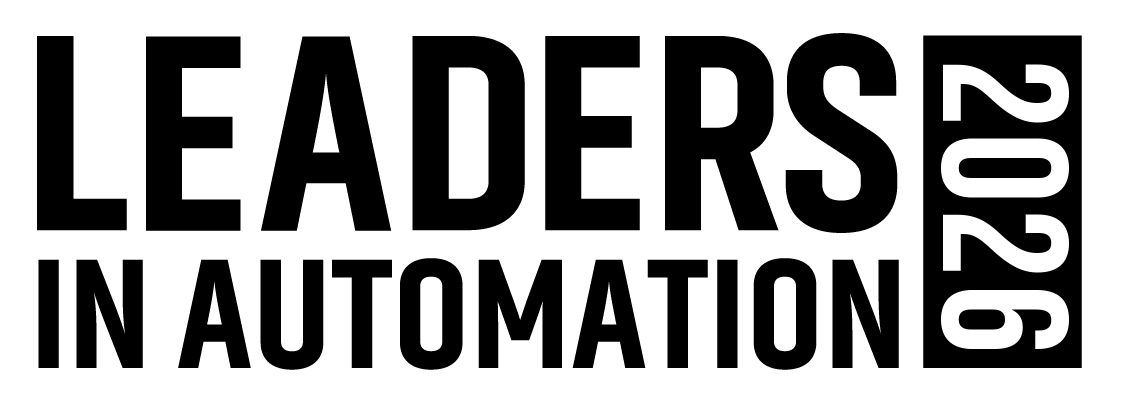A Prescription for Personal Protection
So, what about them? Are there any standards for safeguarding the people who work around automated equipment?
Yes, as a matter of fact, there are. An important one that has emerged over the last decade is the NFPA 70E Standard for Electrical Safety in the Workplace, developed by the National Fire Protection Association, in Quincy, Mass. This standard explains the risks associated with working on electrical equipment, and specifies protective gear for such hazards as shock, electrocution, arc flash and arc blast.
Although hazards such as arc flash and arc blast have existed since electrical energy has been harnessed, these events were not defined clearly until quite recently, which made quantifying them difficult. “There was an assumption that electricians knew all of the risks associated with what they were doing,” observes John Kay, manager of medium-voltage special applications and research and development at supplier Rockwell Automation Inc., in Cambridge, Ontario, Canada. Given the increasing complexity of automation, this is no longer a good assumption, if it ever was.
Not only does NFPA 70E define exactly what those risks are, but it also describes how to calculate the amount of energy released during an arc event. The flash-hazard analysis in the standard determines both the flash protection boundary distance and the energy that could be released. NFPA supports the standard with help from the IEEE 1584 standard, the Guide for Performing Arc-Flash Hazard Calculations, from the Institute of Electrical and Electronics Engineers, in New York, and the less precise arc-flash estimator at http://bit.ly/1104_001. Vendors such as Rockwell Automation also can provide services for determining the expected arc-flash energies throughout a facility. Armed with this information, employers can then outfit their employees with the appropriate personal protective equipment.
The standard also makes use of the latest science on labeling to ensure that the necessary information is both noticed and comprehended by the people working around the equipment. “Human beings tend to speed read and ignored much of texts on labels,” notes Kay. “So there has been a lot of science into what labels should include, and how they should look.” Upcoming revisions to NFPA 70E should clarify and amplify labeling requirements.
Canada has a similar standard called CSA-Z462, which mirrors NFPA 70E. Although no international standard addresses arc flash directly, the hazard is considered in IEC 6204, the electrical standard for machinery.
April 2011, Related Feature – A Map to the Latest Saftey Standards
To read the feature article, visit http://www.automationworld.com/feature-8580

